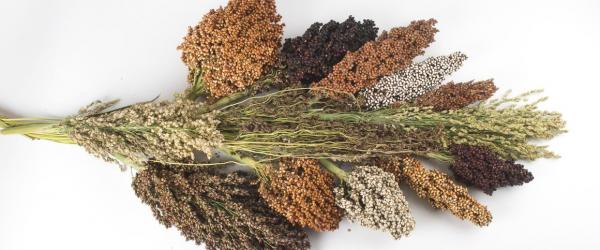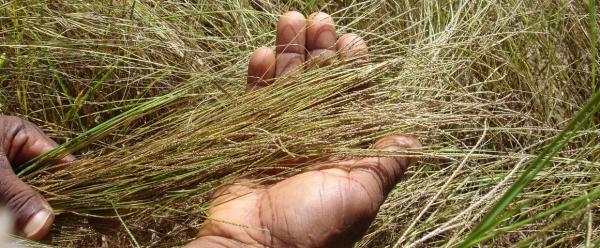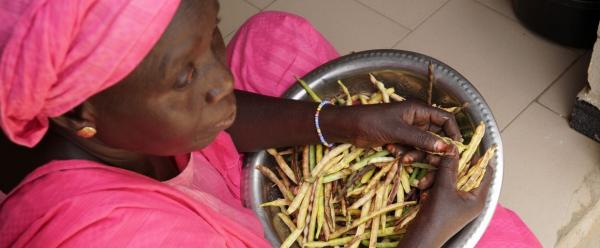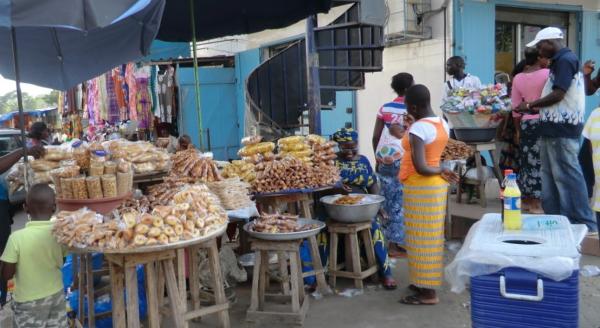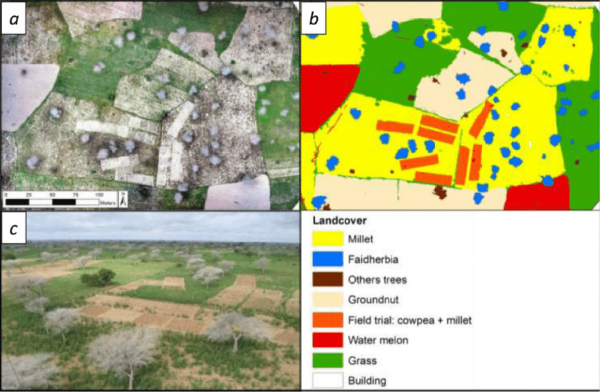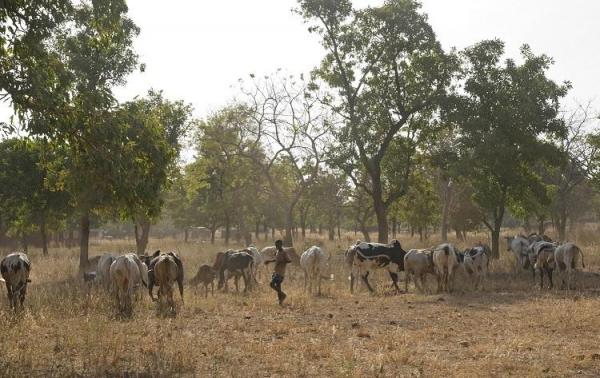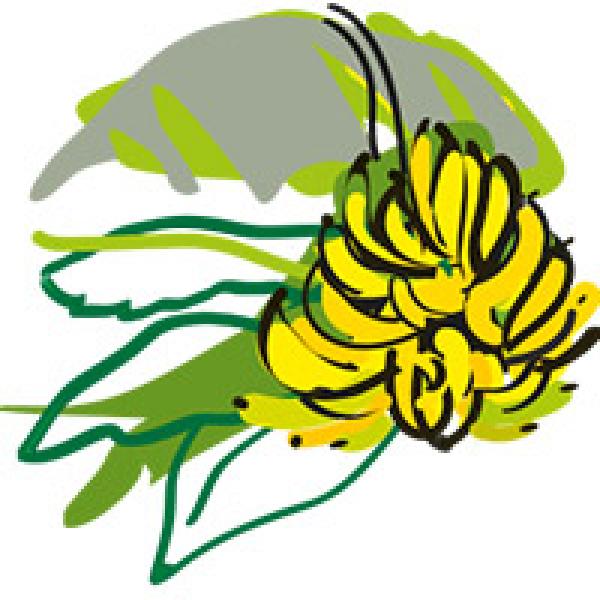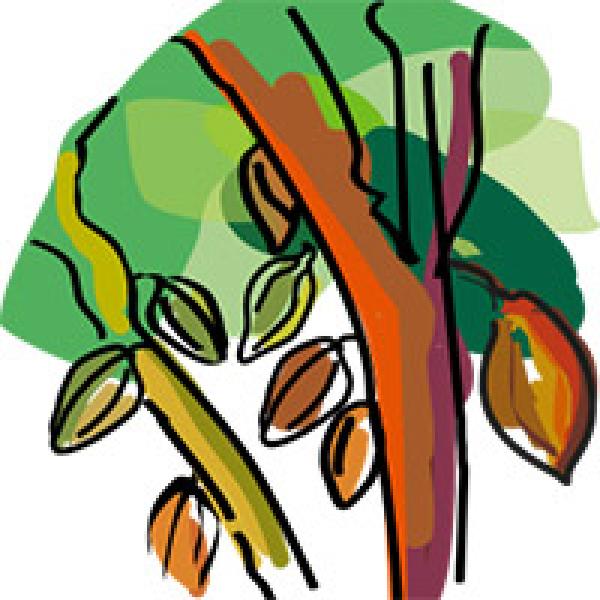Institutional news 28 July 2025
- Home
- Our activities, our impact
- Tropical value chains
- Sorghum and millet

Sorghum and millet
The figures for sorghum
- 5th cereal grown worldwide (in terms of grain production and area planted).
- Total output estimated at 60 million tonnes (Mt) per year, on a total area of 41.8 million hectares (Mha) over the period 2010-2022.
- In terms of output, the US is well ahead of the pack (9.34 Mt), followed by Nigeria (6,61), Mexico (5.68), India (5,49), and Sudan (5.18).
- In terms of area planted, the three leading producing countries are Sudan (6,75 Mha), India (5.64), and Nigeria (5,5).
- Sorghum is a staple in the diet of more than 300 million people in semi-arid tropical zones.
The figures for millet
- There are many species classed as "millet". The main one in terms of production worldwide is pearl millet (Cenchrus americanus, also called Pennisetum glaucum), which is the main target of CIRAD's research.
- 6th cereal grown worldwide (in terms of grain production and area planted).
- Total output estimated at 29.2 Mt per year, on a total area of 31.7 Mha over the period 2010-2022.
- In terms of output, India tops the rankings (11.55 Mt), followed by Niger (3.4) and Nigeria (2).
- In terms of area planted, the three leading producing countries are India (9.5 Mha), Niger (6.92 Mha) and Sudan (2.76 Mha).
- Millet is a staple in the diet of more than 90 million people in semi-arid tropical zones.
Two species with multiple uses
- Grain to feed people (porridge, couscous, biscuits, breadmaking, fermented drinks…) and animals
- High food-value fodder in various forms (green, hay or silage)
- Cover crop to conserve soils and remobilize minerals within DMC systems
- Sorghum and millet are also plants with a strong social, cultural and symbolic value in many African countries
- Uses specific to sorghum:
- Soluble sugars can be extracted from sweet sorghum varieties to make syrups, ethanol, 1st-generation fuel ethanol or alcohol/spirits
- Lignocellulosic biomass to generate energy via methanization, thermal plants and 2nd-generation fuel ethanol production, and to make construction materials ( composite plastics or building blocks, etc)
- Various low-, medium- and high-added-value molecules for agro-industry: tannins, anthocyanins (pigments), kafirins, aconitic acid, etc.
The issues for sorghum and millet
Shared issues in semi-arid tropical regions
- Making the crops substantially more competitive in areas where cereal crop intensification is under way.
- Exploiting the potential of sorghum and millet better to contribute to the fight against malnutrition and certain chronic diseases (eg diabetes).
- Making production more consistent by maintaining good grain quality.
- Diversifying food use to boost producer incomes and create jobs in rural areas.
- Promoting and developing food and non-food use of multi-purpose sorghums and millets.
- Making better use of these species' potential to contribute to agroecological intensification as a pest and disease regulators.
- Integrate these crops better into production systems, to boost their resilience.
Issues specific to sorghum in France and Europe
- While sorghum currently accounts for a limited area in Europe (0.3 Mha), it could be of interest for diversifying rotations and helping to adapt European farming to climate change. The main challenges specifically identified for this geographical zone are:
- Developing products for human consumption and varieties to help support such specific value chains.
- Developing varieties and crop management sequences and building stakeholder networks for biomass recycling chains: animal feed, energy, construction.
- Making use of sorghum's potential to provide ecosystem services (soil detoxification or stabilization, boosting pollinator populations, etc).

























